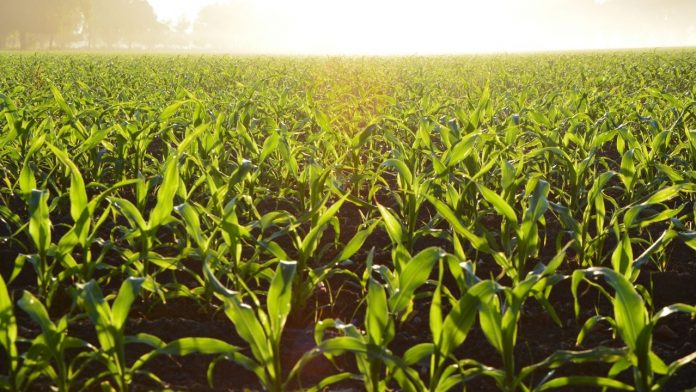Agriculture can be a great way to earn a living. If you are a farmer, the key to a great return on investment is preparing your farm well enough for planting. Poor preparations will guarantee low harvests, no matter what you do after planting. The planting season is the most important in the farming cycle. Most farmers who are just starting out do not know how to prepare for the planting season. This messes up their yields and some give up on farming altogether. Here are 4 tips to help you prepare your farm for planting;
Table of Contents
1. Prepare your equipment
Since most farming tools are only used once in an entire season, they are always dumped away and forgotten as soon as their work is done. Until the next farming season comes along and the frantic search for the equipment begins all over again. It is expensive to keep buying new equipment for each season. Always ensure that the equipment are well kept even after their work is done. Equipment such as the rotary tiller can easily gather dust or rust away if stored carelessly. Prepare your equipment early enough so that clogged nozzles are cleared and blunt tools sharpened to avoid any delays when the farming starts. Clear all residues as they can affect measurements and distribution. The end of a farming season is always the beginning of a new one, so don’t throw away your equipment. Periodically inspect the equipment to ensure they are performing optimally and have worn out parts replaced or repaired.
2. Soil preparation
Good yields start with healthy soils. Soil influences the type of seeds you can plant and how well they perform. Some seeds do well in sandy soils while others can only thrive in clay soils. Different types of soils have different nutrients for the plants. It is important to understand the type of soil you have on your farm and the type of plant nutrients in it. This will inform the type of fertilizer you use on the crops and what crop protection measures you need to undertake. You can take a sample of the soil to your local agricultural extension officer for testing.
You will also need to plough the farm in preparation for planting. You need to have the right equipment for this. If your farm is very big, then you should consider getting more advanced equipment for ploughing such as an agriculture rotavator, a rotary tiller, or a reversible plough.
3. Buying the right seeds
When purchasing seeds, always remember to look for the seeds genetic potential. After testing the soil, ensure that you only buy seeds that can do well in the soil’s conditions and under the prevailing weather in your area. If you live in a semi-arid area, you should purchase seeds that can do well in dry conditions. If you prepare the soil well and plant quality seeds, then you are on your way to a bountiful harvest.
4. Have a well-thought fertilizer strategy
When it comes to fertilizers, buying the right fertilizer for your crops is not enough. You also have to have the right strategy for applying the fertilizer to the crops. How often will you put fertilizers on the farm? Do you put the fertilizer before planting or after the crops have sprouted? There are a lot of other considerations you have to think about when it comes to fertilizers. If you have the wrong strategy, then you risk not only the fertilizer being of no help to the crops but also burning them down. Only the right application of fertilizers will get you good yields by ensuring that your plants get enough nutrients from the soil. Review the tests of the soil sample taken before settling on a particular type of fertilizer.
If you prepare your farm well enough, then you can have confidence when planting and prepare for a bumper harvest.
🔥439













